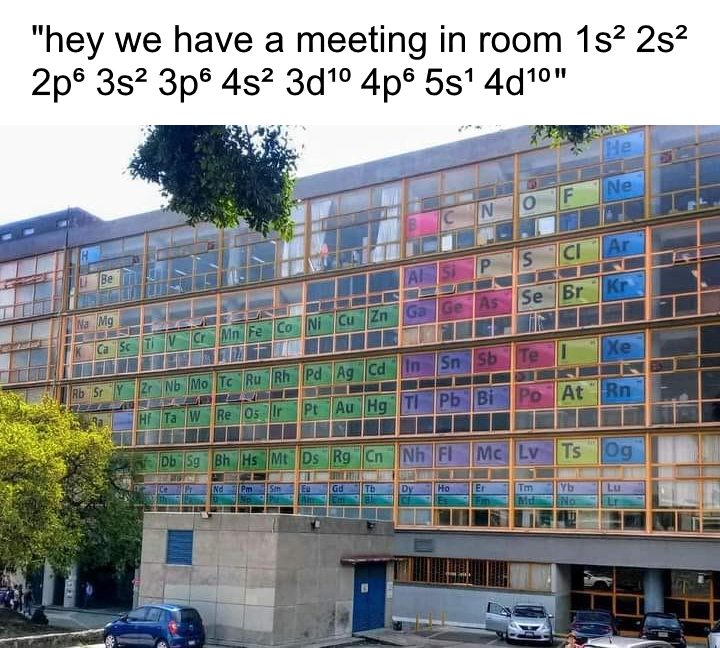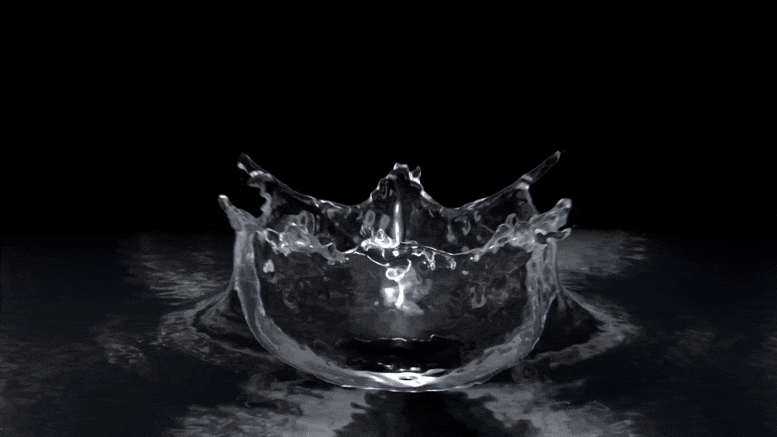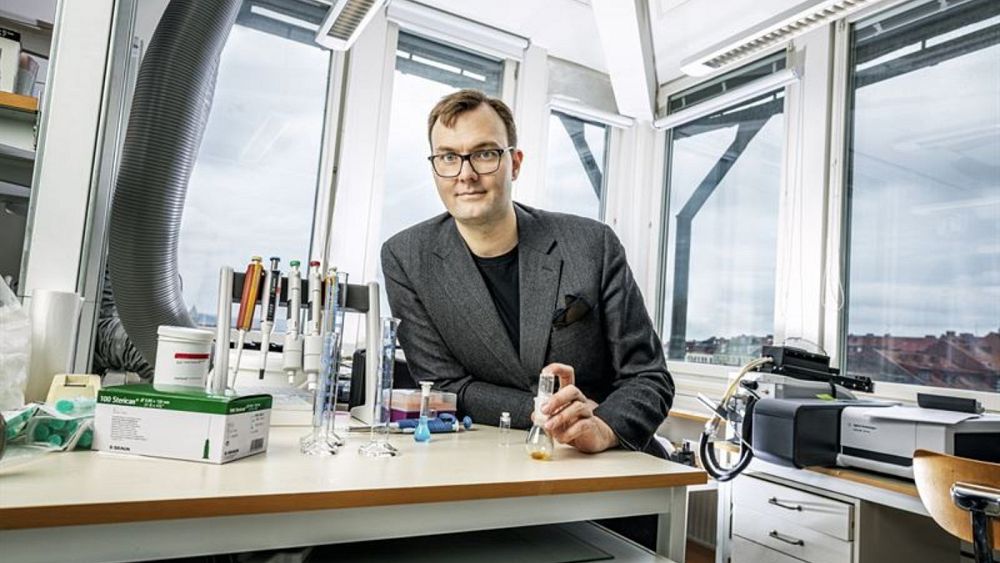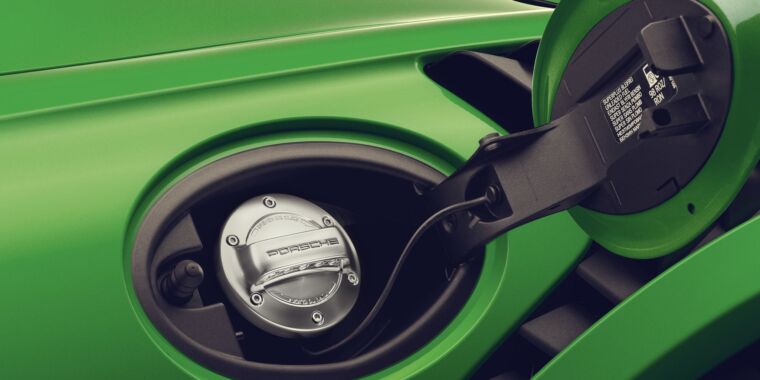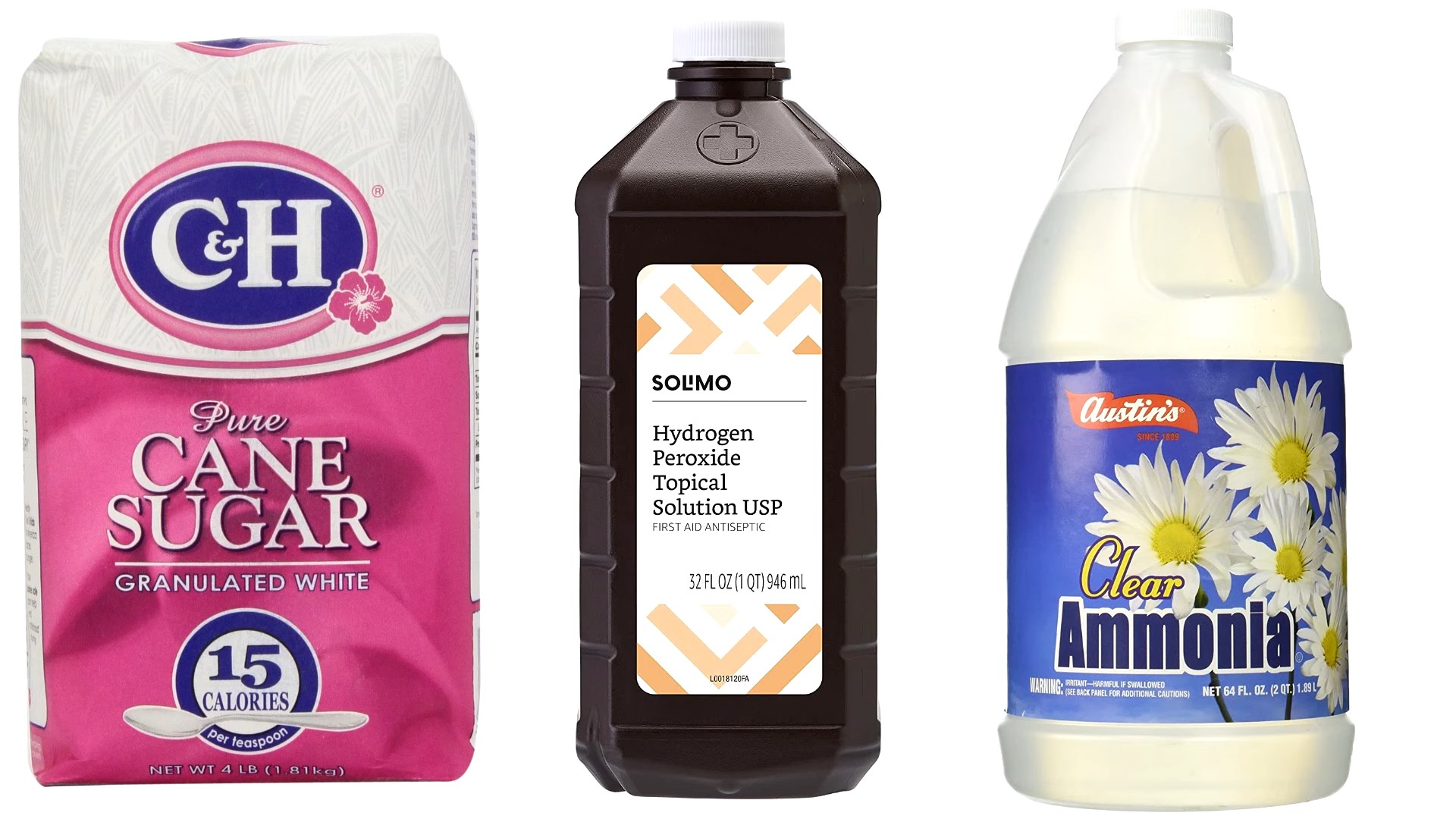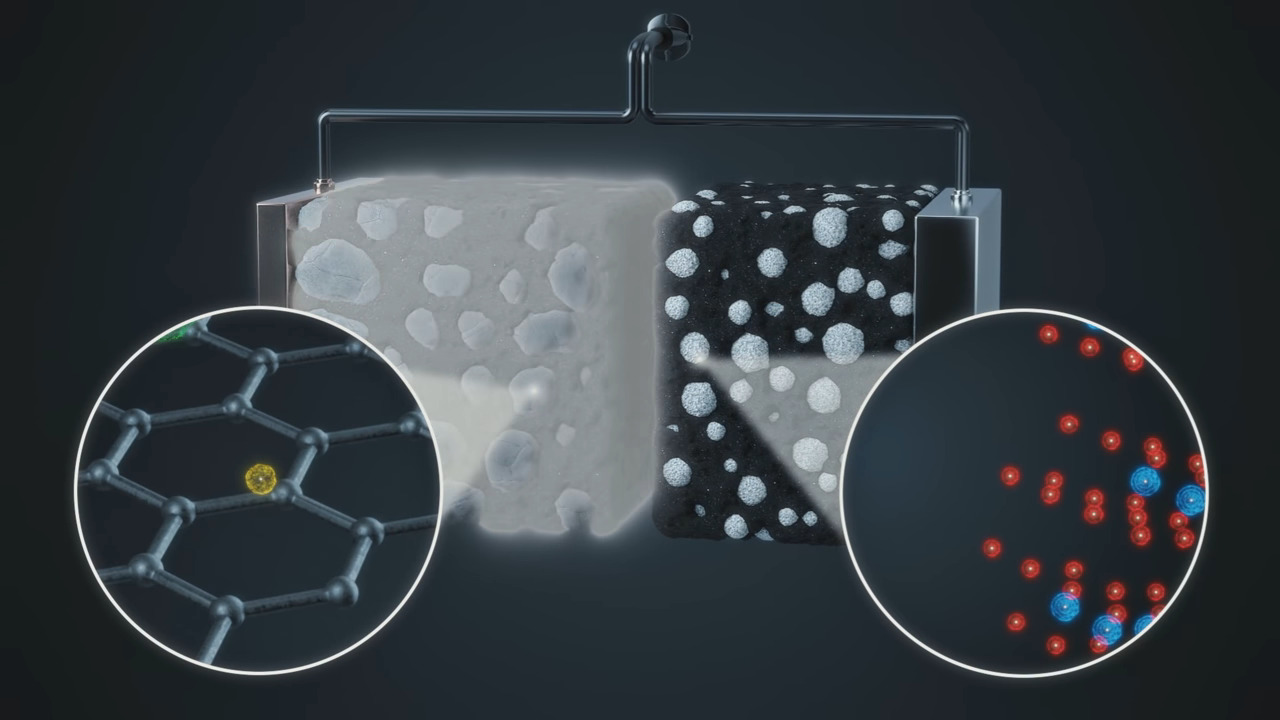#chemistry
"Rust-stained irrigation pipes hint at lack of nitrate in groundwater." "Oh, we don't have to worry about that area. They have red pivots." "On its face, the anecdote was clear enough. The 'red' in question, Troy Gilmore knew, was rust. The pivots, meanwhile, were center pivots: elevated irrigation piping that rotates around a central point to distribute water in circular patterns most evident from 30,000 feet, where irrigated crops resemble massive green checkers crowding the pastoral checkerboard of the Corn Belt."
"As for the worry? That would be nitrate, a fertilizer-derived compound that can leach into groundwater and, if consumed above certain concentrations via drinking water, pose threats to human health."
"Still, the associate professor at the University of Nebraska-Lincoln found the offhand comment a bit surprising. Even with his extensive background in hydrology, Gilmore had never heard of any connection between rusty pivots and groundwater nitrate. But Marty Stange, the environmental supervisor with Hastings Utilities, was in the middle of explaining a reverse-osmosis water treatment facility that had recently gone into operation."
"Over a three-day span, Mikaela Cherry and her sister drove across three countries of rural Nebraska while snapping photos of the region's widespread irrigation pipes. Now, after dozens of hours peering at satellite imagery, compiling spreadsheets of data and driving the country roads of south-central Nebraska, Cherry and her colleagues have good reason to suspect that Stange was right. According to their research, red center pivots -- specifically, those totally stained with reddish-brown iron pumped up from the aquifers below -- seem to signify an absence of nitrate in whatever groundwater flows through their pipes."
The reverse isn't true, though: a non-rusty pivot doesn't mean the groundwater is high in nitrate. It doesn't tell you anything.
She went on to pour through Google Earth and classify 700 of the pivots into one of three categories: full-rust, part-rust or no-rust.
"After cross-referencing the locations of the pivots with their groundwater nitrate concentrations, Cherry discovered that none of the 76 groundwater wells feeding into the full-rust pivots contained nitrate above the 10 mg/L threshold. In fact, the average nitrate concentration of those sources was just 2.4 mg/L. Most, though not all, of the groundwater supplied to the part-rust pivots also sat below the nitrate threshold, with an average concentration of 4.5 mg/L but a maximum of nearly 23 mg/L."
If you're wondering what the connection is between rust and groundwater nitrate, well, you're out of luck, as nobody knows. The researchers have a guess, though, involving microorganisms, such as bacteria, that live in soil and groundwater. If microorganisms prefer to discharge unwanted electrons to nitrate instead of iron, then they go to iron only if there's no nitrate, and that's the form of iron that oxidizes and turns to rust if it is exposed to oxygen, which happens as soon as the water is pumped to the surface. But if there's no iron in the groundwater, then the rust doesn't happen regardless of nitrates. But this is just a guess and future research will tell if it's correct.
Rust-stained irrigation pipes hint at lack of nitrate in groundwater | Nebraska Today
2 Likes
4 Comments
1 Shares
11 Likes
1 Comments
“This is the first demonstration that primordial molecules, simple amino acids, spontaneously form peptides, the building blocks of life, in droplets of pure water. This is a dramatic discovery.”
6 Likes
1 Comments
12 Likes
3 Comments
1 Shares
Depression is probably not caused by a chemical imbalance in the brain – new study
#psychiatry #antipsychiatry #depression #psychology #science #research #pills #drugs #antidepressants #chemistry #biology #medicine
20 Likes
8 Comments
9 Likes
2 Comments
1 Shares
Plastic-eating enzyme could eliminate billions of tons of landfill waste
An enzyme variant created by engineers and scientists at The University of Texas at Austin can break down environment-throttling plastics that typically take centuries to degrade in just a matter of hours to days.
#science #technology #tech #chemistry #science #environment
https://phys.org/news/2022-04-plastic-eating-enzyme-billions-tons-landfill.html
4 Likes
5 Likes
7 Comments
One person like that
1 Comments
"Solar energy can now be stored for up to 18 years, say scientists." "In 2017, scientists at a Swedish university created an energy system that makes it possible to capture and store solar energy for up to 18 years, releasing it as heat when needed. Now the researchers have succeeded in getting the system to produce electricity by connecting it to a thermoelectric generator."
"The technology is based on a specially designed molecule of carbon, hydrogen and nitrogen that changes shape when it comes into contact with sunlight. It shape-shifts into an 'energy-rich isomer' -- a molecule made up of the same atoms but arranged together in a different way. The isomer can then be stored in liquid form for later use when needed, such as at night or in the depths of winter. A catalyst releases the saved energy as heat while returning the molecule to its original shape, ready to be used again."
They tested the system by storing solar energy in Sweden, sending it to China, and turning it into electricity in China.
The article doesn't say much more about the system but the paper is open access. In the paper they say they actually tested two materials: quadricyclane, which they abbreviate "QC", and arylazopyrazole, which they abbreviate "AZO". In the case of AZO, it switches between "cis" and "trans" forms. I'm not clear on what the conformation was with QC.
On the energy capture end, it's interesting that the wavelengths where the energy capture occurs are 340 nanometers for QC and 365 for AZO. If you're familiar with your light wavelengths (and who isn't?), you know that red is around 700 and violet is around 400. So both 340 and 365 are ultraviolet. Something the article hints at but doesn't quite spell it out. That's kind of weird when you think most solar panels are designed to capture a wide range of wavelengths and mostly in visible light. But it's not uncommon for a particular material to absorb at particular wavelengths.
The article mentions a catalyst is used but doesn't say what it is. For QC the catalyst is something called cobalt phthalocyanine, which they abbreviate "CoPc". They dissolve in toluene. For AZO the catalyst is actually liquid cis-AZO. They also, for AZO, use laser light at 532 nanometers to trigger the reaction. You'll note this is in the visible range. In fact it's green.
The main accomplishment is making a device that looks like a pre-packaged "chip" that can be manufactured that handles the conversion of chemical energy back to electricity. The key to doing it is something called the Seebeck effect. This enables certain materials to turn a heat difference into electrical voltage. The amount of energy depends on the heat difference. I got the impression the goal was to make their pre-packaged device that can be manufactured able to handle a 100-degree Celsius temperature difference, but the most they actually measured was about 25 degrees. They say with a 100-degree difference they should be able to get 29% efficiency.
I tried to figure out whether QC or AZO was more efficient, but couldn't figure it out. QC generates more power, so I'm guessing the QC is probably also more efficient, but power and efficiency aren't the same thing. Power is amount of electricity you get for a given amount of material, and efficiency is, of the energy you put in, how much do you get back out? For efficiency, it looks like the primary determinant is the amount of temperature you can generate on the power-generation end.
Solar energy can now be stored for up to 18 years, say scientists
2 Likes
1 Comments
"This synthetic-fuel startup just got $75 million from Porsche." "The efuel-making process at Haru Oni starts by capturing CO2 from the air and using wind power to electrolyze water into hydrogen and oxygen. The carbon and hydrogen are used to synthesize methanol, and the methanol is then turned into longer hydrocarbons using ExxonMobil's methanol-to-gasoline process."
"Haru Oni's pilot phase (which received $22 million in funding from Porsche) should start producing its first synthetic fuel by mid-year, with a targeted annual production rate of 34,000 gallons (130,000 L) by the end of 2022."
The article has a link to the ExxonMobile website for the methanol-to-gasoline process. I didn't know until now this process existed. Basically it goes from methanol (2 CH3OH) to di-methyl ether (CH3OCH3 + H2O) to "light olefins" + H2O to olefins + CH5 to "parafins, naphthenes, aromatics" to gasoline. You'll have to wait until I have better understanding of chemistry for more of an explanation than that.
They say it gives octane numbers in the 85-90 range. (They give ranges for RON and MON octane numbers. Here in the US, the number at the pump is the average of these. The RON and MON numbers are measurements of how the fuel behaves at low temperature and speeds vs high temperatures and speeds.)
This synthetic-fuel startup just got $75 million from Porsche
5 Likes
3 Comments
17 Likes
One person like that
One person like that


